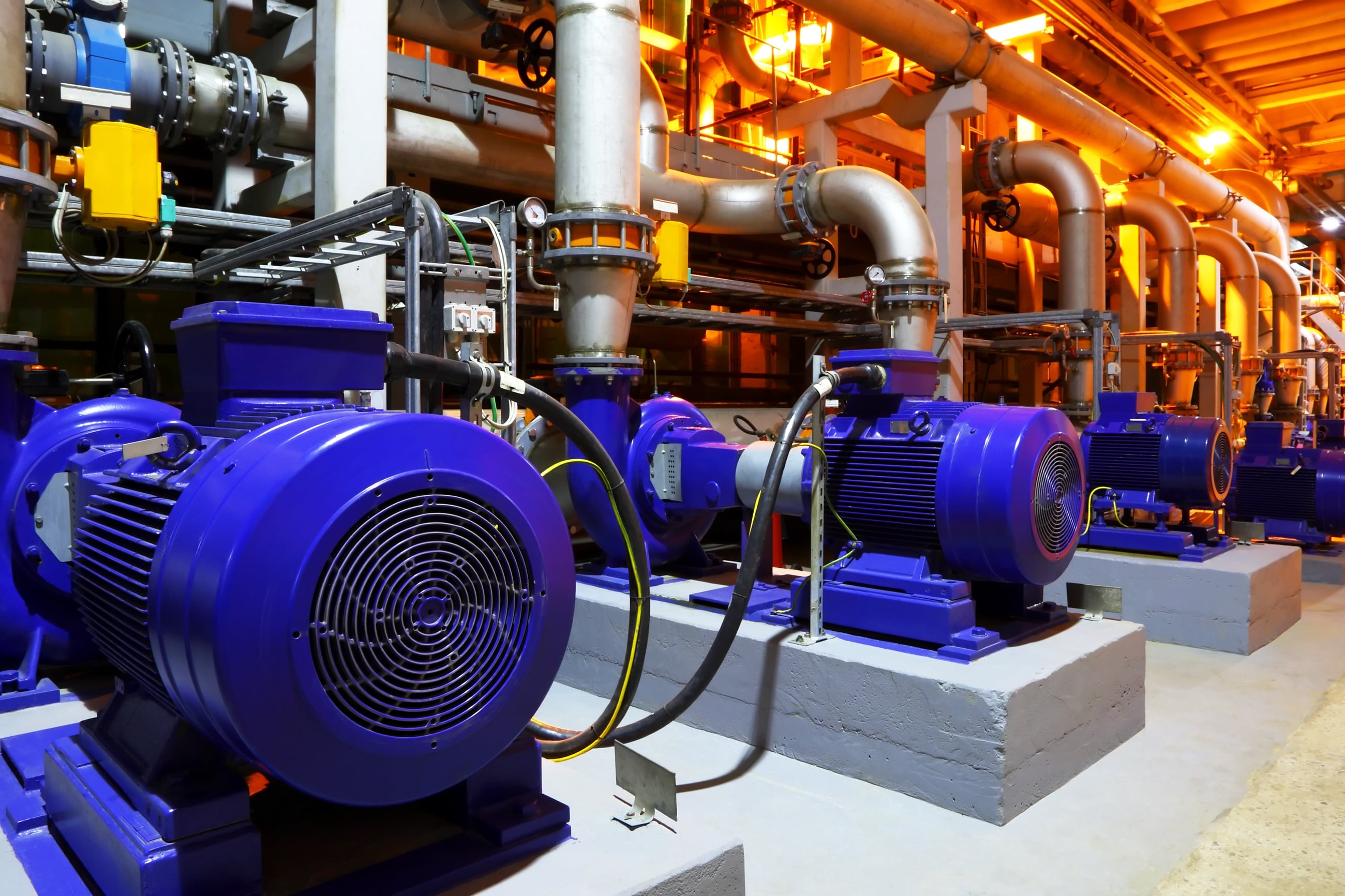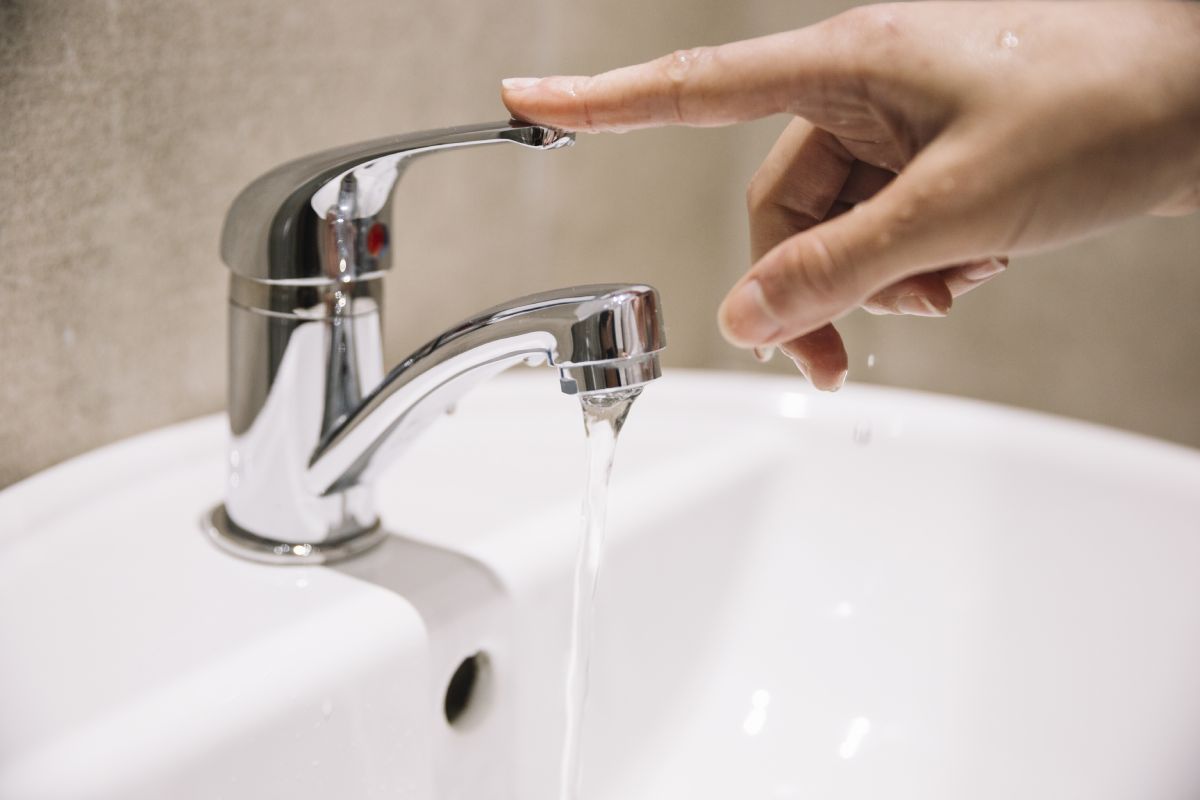Your In-Depth Manual to Resolving Low Water Pressure in Your Home
Your In-Depth Manual to Resolving Low Water Pressure in Your Home
Blog Article
We've uncovered this great article relating to 9 Reasons for Low Water Pressure in Your House below on the web and felt it made perfect sense to talk about it with you on this site.

Low tide pressure in your home can be a discouraging problem, affecting everything from bathing to cleaning meals. If you're experiencing weak water circulation, there are several possible reasons and solutions to check out. In this overview, we'll go over common reasons for low tide pressure and useful steps to attend to the problem successfully.
Intro to Low Water Pressure
Low tide pressure takes place when the circulation of water from your taps, showers, and various other components is weaker than typical. This can make everyday tasks more difficult and less effective. Understanding the root causes of low water stress is crucial to locating the ideal solution.
Typical Sources Of Low Tide Pressure
Pipeline Obstructions
In time, pipes can come to be obstructed with mineral deposits, debris, or debris, limiting the circulation of water. This is a common issue in older homes with galvanized steel pipelines.
Deterioration
Corrosion within pipes can bring about leaks and minimized water pressure. Rust accumulation can tighten water flow, especially in aging plumbing systems.
Faulty Stress Regulatory Authorities
Stress regulators are in charge of keeping regular water stress in your home. If they malfunction, it can result in low water pressure or uneven circulation throughout your house.
Metropolitan Water Supply Issues
Sometimes, the issue lies outside your home. Community water system issues, such as main line leakages or upkeep job, can briefly decrease water pressure in your location.
How to Identify Low Water Pressure
Checking Taps and Components
Beginning by examining the water pressure at various taps and fixtures throughout your home. If the concern is separated to specific locations, it may suggest local issues.
Checking Pipelines
Examine visible pipes for indications of leaks, corrosion, or obstructions. Focus on any kind of uncommon noises, such as knocking or rattling pipes, which can suggest issues within the plumbing system.
Consulting with a Plumber
If you're not able to determine the root cause of low tide pressure, think about employing a specialist plumber to conduct an extensive evaluation. They can determine underlying issues and suggest suitable services.
Do It Yourself Solutions to Take Care Of Low Tide Stress
Cleaning Aerators and Showerheads
Mineral deposits can build up in aerators and showerheads, reducing water circulation. Eliminate and cleanse these parts on a regular basis to improve water stress.
Flushing Water Heater
Sediment buildup in the hot water heater can restrict flow and minimize efficiency. Flushing the storage tank periodically assists eliminate sediment and maintain optimum performance.
Checking Stress Regulatory Authority
Make certain that the pressure regulatory authority is functioning properly. Changing or replacing the regulator can aid recover appropriate water stress throughout your home.
Clearing Clogs in Piping
For small blockages, attempt using a plumbing snake or chemical drainpipe cleaner to clear blockages in pipes. Be cautious when using chemicals and comply with security standards.
When to Call an Expert Plumber
If do it yourself efforts stop working to fix the issue or if you presume considerable plumbing issues, it's ideal to seek support from a certified plumber. They have the experience and devices to deal with complex issues securely and properly.
Preventive Measures to Maintain Water Pressure
Normal Maintenance
Schedule regular upkeep for your plumbing system to avoid problems such as rust, leaks, and obstructions. Resolving small issues early can aid prevent even more significant repairs in the future.
Mounting a Stress Booster
Consider mounting a pressure booster pump to improve water stress in areas with consistently low flow. This can be especially useful for multi-story homes or residential properties with high-demand fixtures.
Surveillance Water Usage
Bear in mind water use habits and avoid overtaxing the plumbing system. Basic modifications, such as shocking showers and washing lots, can aid keep adequate water pressure.
Final thought
Taking care of low tide stress can be discouraging, however recognizing the underlying reasons and implementing suitable remedies can restore optimum circulation throughout your home. Whether it's cleaning up aerators, inspecting pipelines, or consulting with a plumber, taking aggressive steps can make sure a steady supply of water for your daily requirements.
FOUR WAYS TO FIX LOW WATER PRESSURE NOW
Turning on a shower or faucet only to find the water comes out in a sad, slow drizzle is never a good feeling. How exactly are you supposed to wash a pan or take a quick shower when it takes 10 minutes just to rinse off a little soap? The good news is that when your water pressure is bad, there's always a cause: typically one that can be easily fixed. Here are some of the most common causes of low pressure and what you can do to fix the issue:
DEBRIS AND MINERAL DEPOSIT BUILDUPS
If you notice low water pressure from just one or two of the fixtures in your house, the problem likely has to do with debris buildup. Water is full of minerals and other debris, all of which can accumulate in your pipes and on your fixtures. This can cause a blockage that affects how much water flows through. To fix this, try filling a small plastic bag with white vinegar, and use a rubber band to hang it around your showerhead or faucet. Let the head of the fixture soak for a few hours, and the vinegar should loosen the deposits.
WATER LEAKS
Leaks are another common cause of low water pressure. If water is flowing out of your plumbing through a hole or crack before it can reach your fixture, the pressure coming out of the faucet or showerhead will be lower. A plumbing professional is your best bet for finding and repairing a leak in your water supply pipes.
Leaks are another common cause of low water pressure. If water is flowing out of your plumbing through a hole or crack before it can reach your fixture, the pressure coming out of the faucet or showerhead will be lower. A plumbing professional is your best bet for finding and repairing a leak in your water supply pipes.
FOUR WAYS TO FIX LOW WATER PRESSURE NOW
Turning on a shower or faucet only to find the water comes out in a sad, slow drizzle is never a good feeling. How exactly are you supposed to wash a pan or take a quick shower when it takes 10 minutes just to rinse off a little soap? The good news is that when your water pressure is bad, there's always a cause: typically one that can be easily fixed. Here are some of the most common causes of low pressure and what you can do to fix the issue:
DEBRIS AND MINERAL DEPOSIT BUILDUPS
If you notice low water pressure from just one or two of the fixtures in your house, the problem likely has to do with debris buildup. Water is full of minerals and other debris, all of which can accumulate in your pipes and on your fixtures. This can cause a blockage that affects how much water flows through. To fix this, try filling a small plastic bag with white vinegar, and use a rubber band to hang it around your showerhead or faucet. Let the head of the fixture soak for a few hours, and the vinegar should loosen the deposits.
WATER LEAKS
Leaks are another common cause of low water pressure. If water is flowing out of your plumbing through a hole or crack before it can reach your fixture, the pressure coming out of the faucet or showerhead will be lower. A plumbing professional is your best bet for finding and repairing a leak in your water supply pipes.
Leaks are another common cause of low water pressure. If water is flowing out of your plumbing through a hole or crack before it can reach your fixture, the pressure coming out of the faucet or showerhead will be lower. A plumbing professional is your best bet for finding and repairing a leak in your water supply pipes.
A VALVE ISSUE
If you have low water pressure throughout your home, check your main shut-off valve to make sure it's completely open. You may also want to see if there's a pressure-reducing valve installed. If there is, have a plumber help you adjust the settings to get the pressure you're looking for.
OTHERS USING WATER
Believe it or not, your low water pressure could be caused by your neighbors. If you notice low pressure at certain times of day, it may be because you and the people living next to you have similar schedules - when everyone is showering at the same time, the pressure will be lower in every home. Low pressure throughout the neighborhood may also be caused by an issue with your municipal water supply. If that's the case, call the supplier to see if they're working on the issue.
https://www.rotorooter.com/blog/water-leaking/low-water-pressure-fixes/

I came across that content about Dealing with Low Water Pressure in Your Home when doing a search on the internet. Sharing is good. Helping people is fun. Thanks so much for going through it.
Click Here Report this page